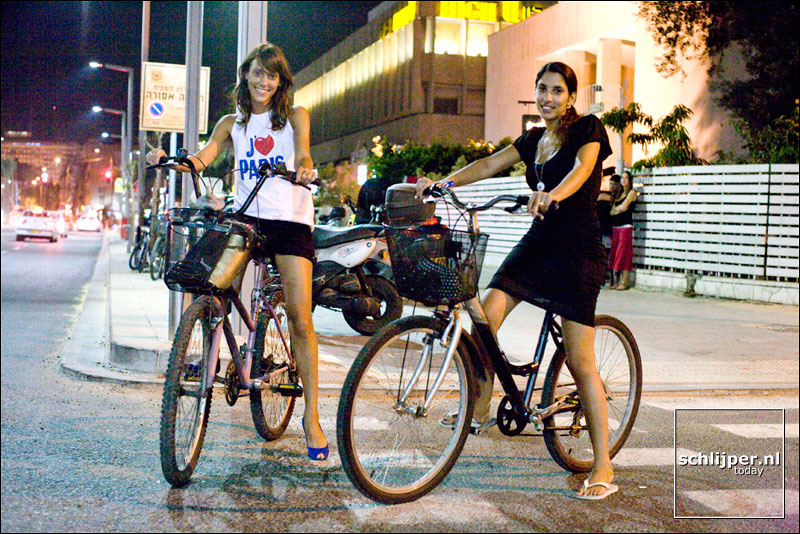I've finally got my dream commute. I now live two miles from my school/work, instead of thirty!
Since gas is expensive and time to exercise has been getting scarse, I've taken my repaired bike and put it to good use. Before heading out, I asked around for some advice. Redditor wirehead has been biking for a long time in both urban and rural environments, and had some great advice for me, the novice biker:
The best tip of all: "The biggest contribution to cycling safety is other people also riding their bikes." The more of us there are, the more people get used to driving safely with us. So get out there and bike!
What's your bike commute?
Since gas is expensive and time to exercise has been getting scarse, I've taken my repaired bike and put it to good use. Before heading out, I asked around for some advice. Redditor wirehead has been biking for a long time in both urban and rural environments, and had some great advice for me, the novice biker:
 |
| Image from Treehugger |
First off, he believes that people are more capable of biking than they think. 60% of trips are within five miles, and the average, out-of-shape person can handle that without too much hassle. I'd be concerned about hills if I'm still building muscle, but over flat ground, small errands won't be an issue. Panniers are helpful for doing real errands. I'm not using this idea yet as I'm still conquering the hill outside my apartment, but it's something to think about. People don't realize that the risks of cycling are not as bad as you'd expect. I've noticed that, while I have to pay attention still, people are fairly courteous if you drive close to the edge of the road, obey traffic signs, and use your hand signals. But no one is happy if you ride on the sidewalk and speed through stop signs. Just don't.
When factoring in the time difference between cars and bikes, he reminds new bikers to figure in parking. It's quite easy to park a bike, but hunting for car parking takes longer and often involves walking to your destination afterwards. I can park my bike in front of every building I need, which is awesome on a college campus where most parking is a shuttle ride away. Use Google Maps' biking directions to see if there are shortcuts for bikers, and don't forget that using a bus can be a good way to get around tough spots.
A big point wirehead made is to have a good, solid bike. The ones sold by most mega-marts are useless. A poor-fitting bike can cause a multitude of problems and are expensive to fix, usually requiring a new bike. Furthermore, you don't need to touch the ground with your feet when you're sitting in the saddle (phew for short people like me!) Also, wirehead advises that a small, hard saddle, while less comfortable at first, will be better over the long run than a fat saddle. It should take some of your weight, but not all of your weight all the time.
The ever present garmet question: Snow, rain, and cold just require more layers. Wirehead emphasizes that spandex is completely optional. Women and men in cycle-centric countries like Germany and Norway bike in everything. In a week, I've biked in jeans, slacks, and a knee-length skirt. I've worn sandals, boots, and flats. By next year, I want to try riding in heeled shoes. It's all possible for urban cycling and doesn't require a big investment. For skirts, I'd say be sure to tuck them, and longer skirts need a skirt guard to prevent them from getting caught in the chain and brakes, but that's no reason to only wear shorts.
Also, by biking this amount, I'm saving 1,240lbs of CO2 each year, as well as $131 in gas. That's just with two miles each way, five days a week. I'm not counting errands, special trips, or anything else.
The best tip of all: "The biggest contribution to cycling safety is other people also riding their bikes." The more of us there are, the more people get used to driving safely with us. So get out there and bike!
What's your bike commute?

No comments:
Post a Comment